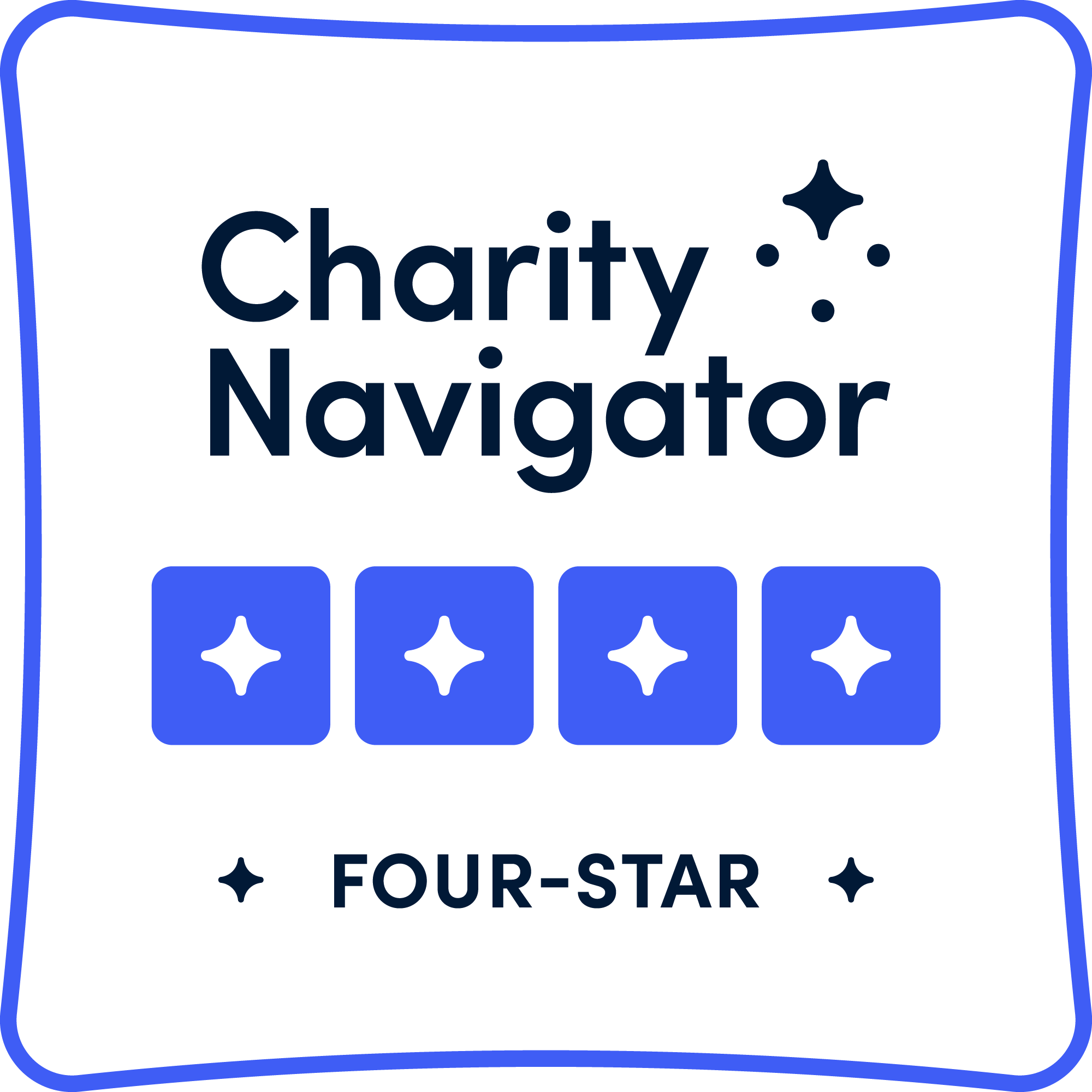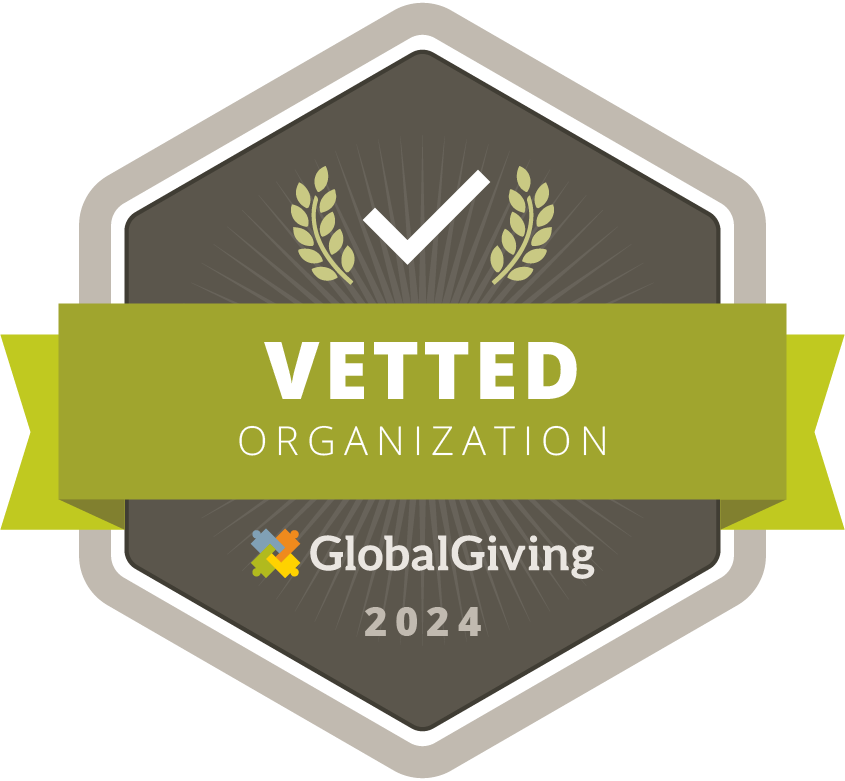The Challenge - Curing Blindness in Ethiopia
In this video, Dr. Huck Holz, an ophthalmologist from California, describes his time in Ethiopia working with Dr. Tabin and the Himalayan Cataract Project. While he battles against language barriers and a lack of medical instruments and endures extremely long days of surgery, he describes the joy of being able to help so many children and adults regain their sight and the hope of a better life.
Video Transcript
A mini-series featuring the work of the Himalayan Cataract Project in Ethiopia.
Blindness is most prevalent in developing countries where malnutrition, inadequate health and education services, poor water quality, and a lack of sanitation lead to a high incidence of eye disease. Fully 90 percent of the world’s visually impaired live in low-income settings.
In the least-developed countries, and in particular Sub-Saharan Africa, cataracts are responsible for half of all avoidable blindness. Other causes include glaucoma (15%), corneal opacities (10%), trachoma (6.8%), childhood blindness (5.3%), and onchocerciasis (4%). A simple, low-cost, one-time procedure can restore full sight to patients with cataracts — but in too many places those procedures are not yet available.
For more information and donations please visit: donate.cureblindness.org



